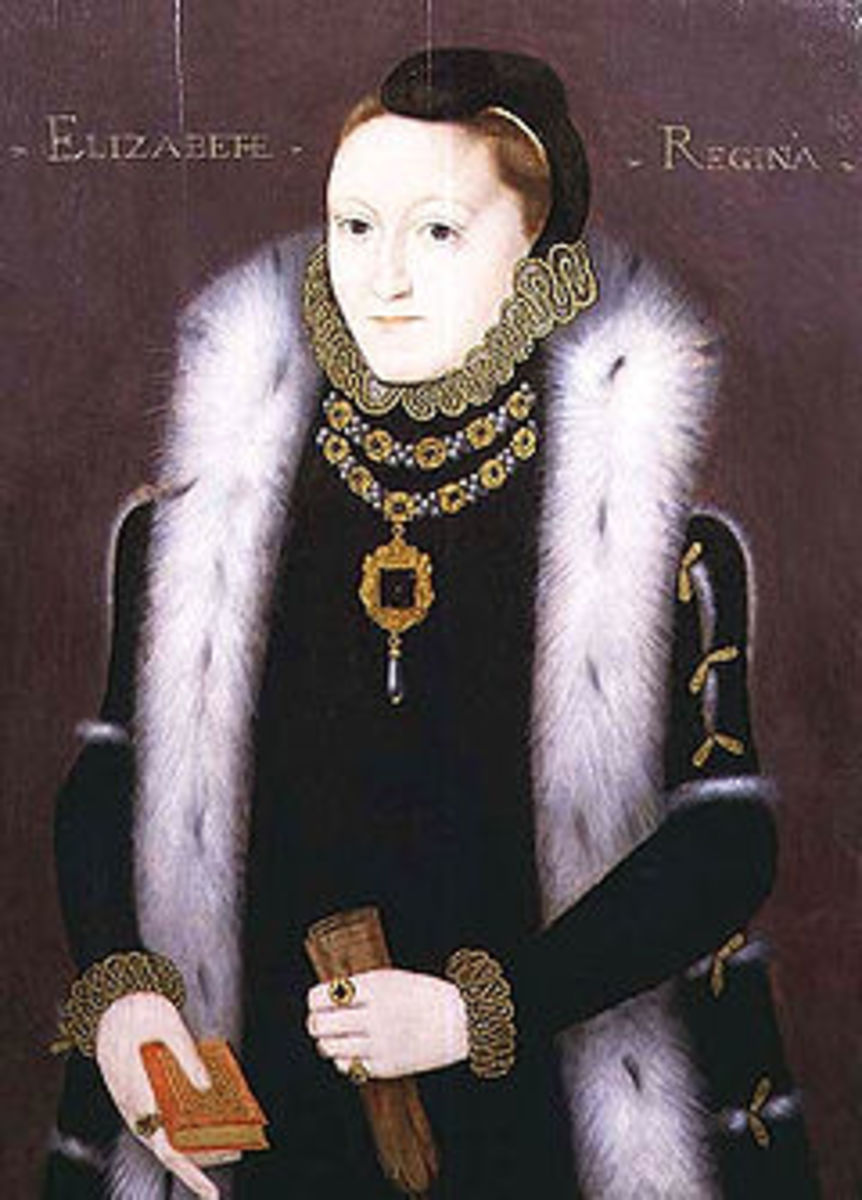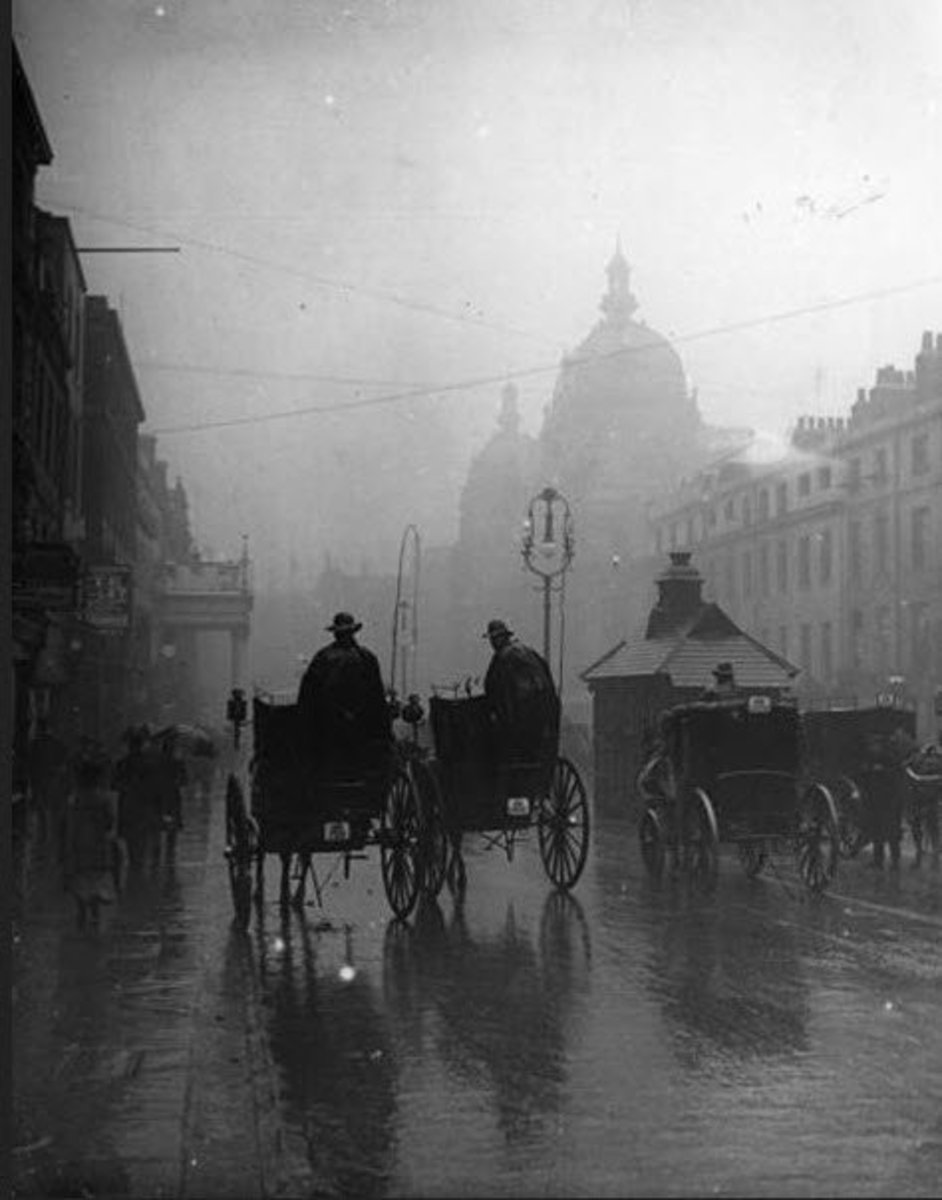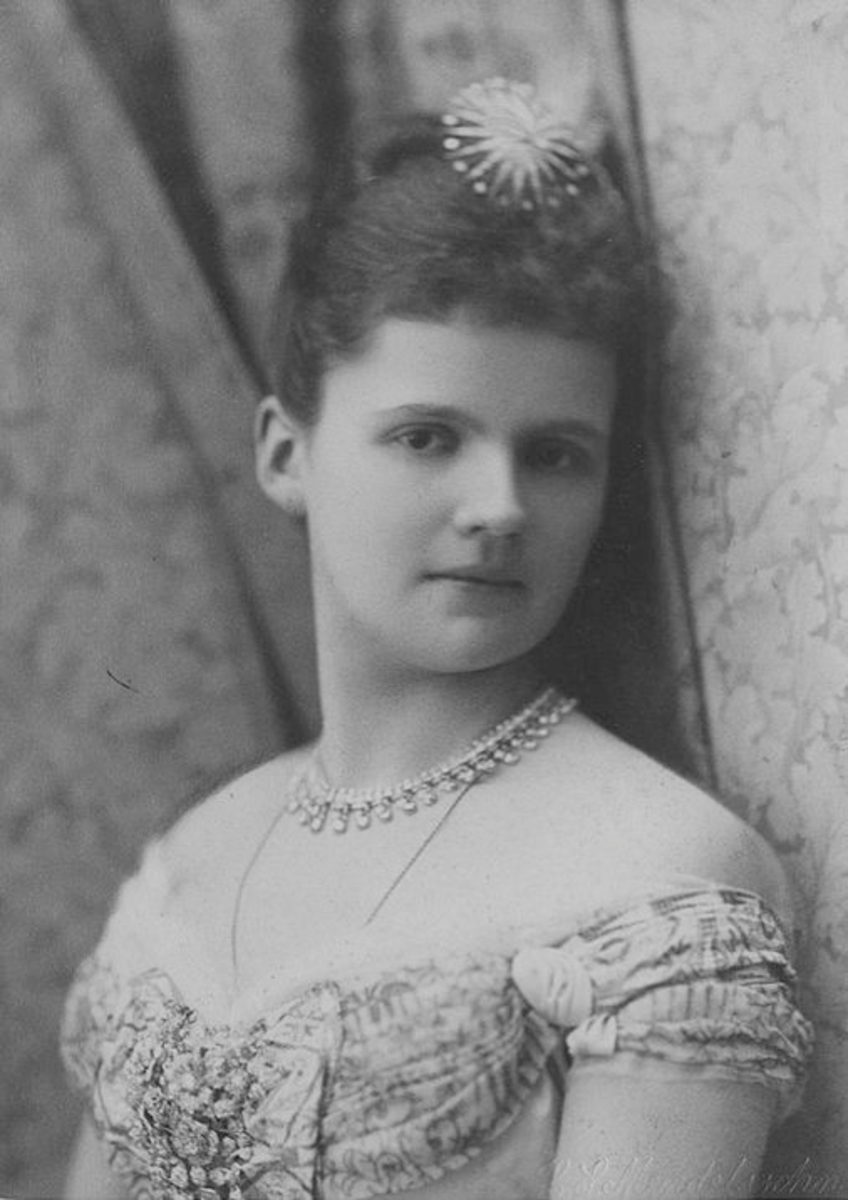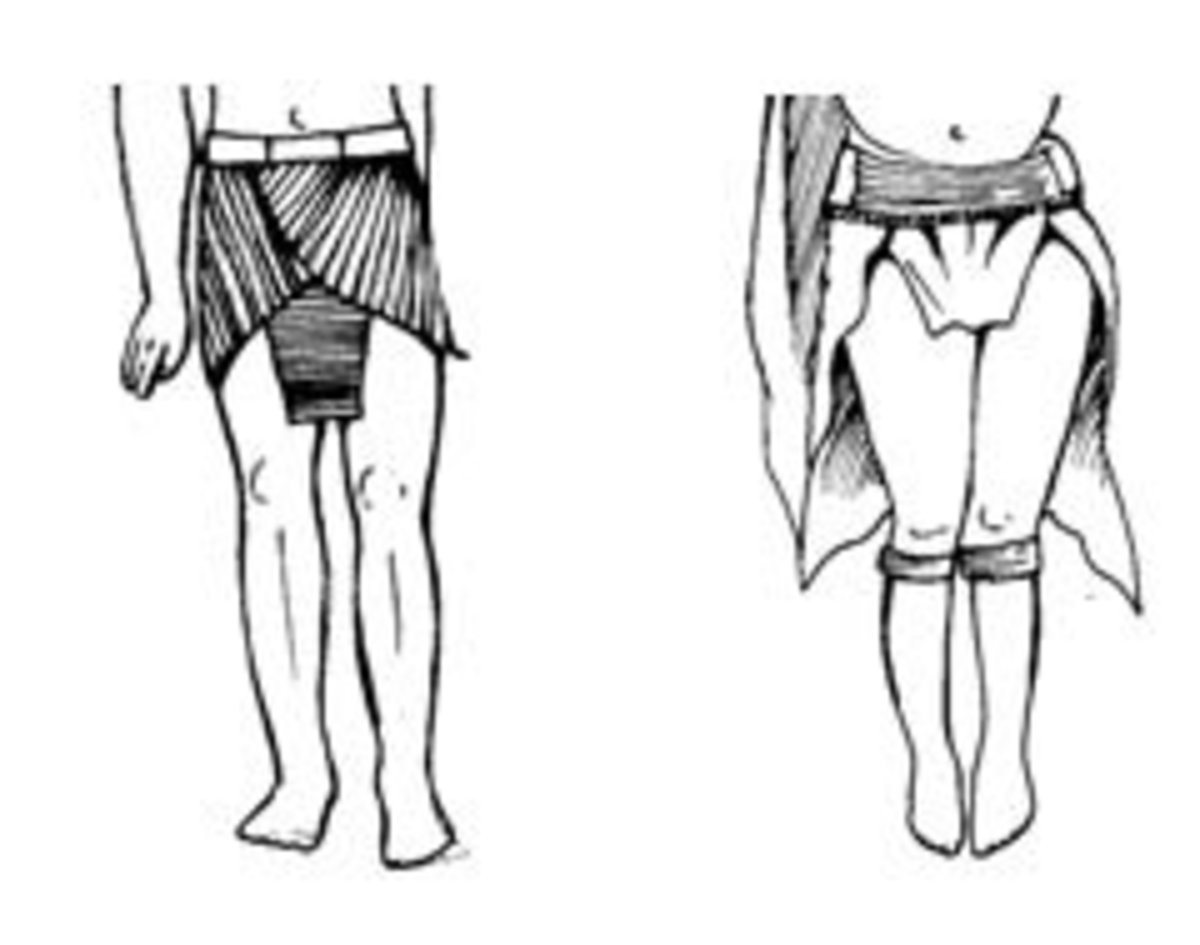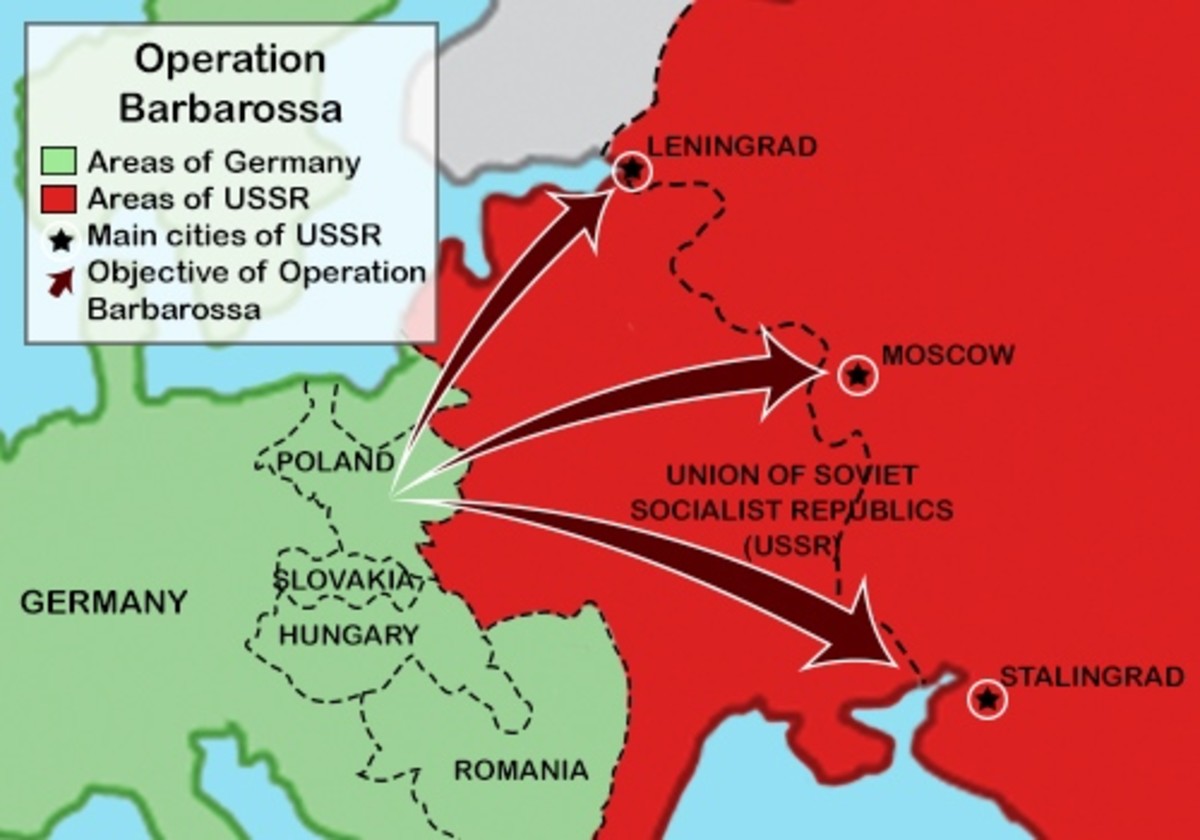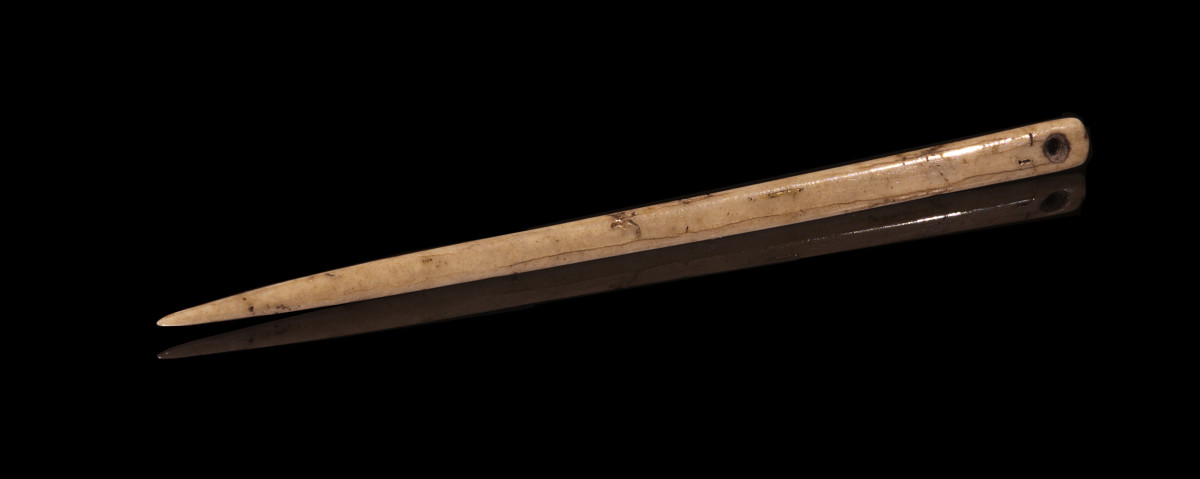Queen Victoria's India Connection
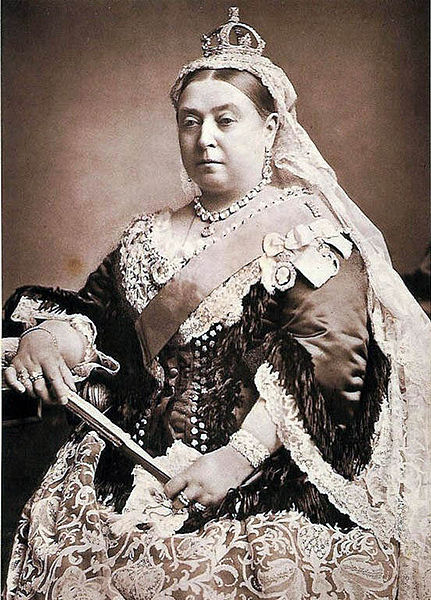
Queen Victoria needs no introduction.
Her very name is synonymous with the empire which has no parallel in history for grandeur and power.
While the British Empire had been growing steadily since long, it was during the time of Victoria that it reached its zenith, spreading over all the corners of the world with the sun never setting on its possessions.
And it was during Queen Victoria's reign of nearly 64 years, that Britain saw an unprecedented advance in arts, science and industry, making the Victorian Era, the golden period of Britain.
While the center of this super power lay in London, its heart was in India, the Crown Jewel of the British Empire.
Though India had come under the British Influence as long back as the 18th Century, it was under an English trading company, the East India Company.
It was by the famous 1857 declaration of Victoria that India came under the direct rule of the Crown, taking the British Empire to its zenith of might and glory and making Victoria, the Queen Empress of India.
Always Under the Sun
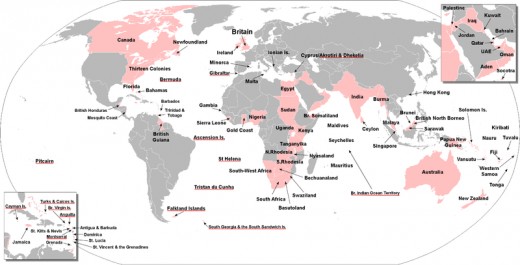
The Crown Jewel
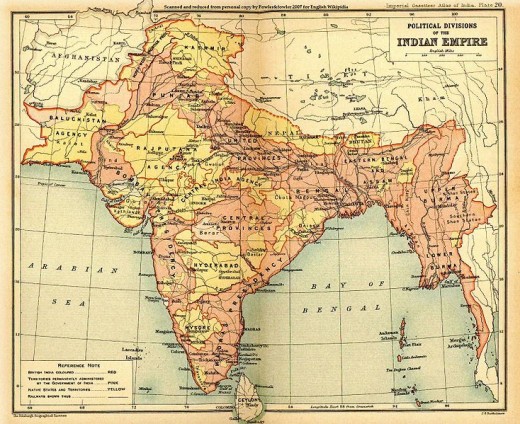
The Indian Mystique
All through the known history, India has attracted outsiders. If India's vast natural resources and strategic importance lured empire-builders and adventurers, India's rich heritage of art, science, literature and learning fascinated the West which looked upon this ancient land as the embodiment of the mysterious East.
It was perhaps this mystique of India or because it had made her an empress in the true sense of the word that Queen Victoria had an affinity with India and all things Indian.
This was probably why she took an instant liking to an Indian manservant Abdul Karim.
Abdul Karim was from the Taj Mahal city Agra and had come to Victoria as a gift on the occasion of the Golden Jubilee of her reign in 1887. He was to serve the queen as a waiter but soon this personable young man of 24. with suave manners became her special favorite.
The Queen's Master
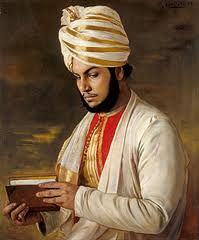

The Taj Mahal
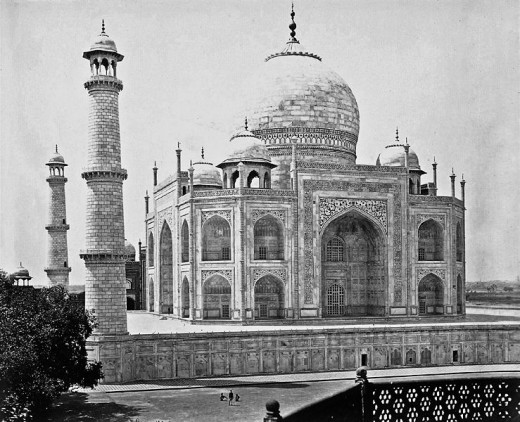
Meteoric Rise of Abdul Karim
The Queen liked Abdul Karim so much that in no time he had progressed from the Queen's dining table to her parlor where he gave her lessons in Urdu and taught her Indian customs and manners.
That the Queen was very much taken up with her Indian tutor is apparent from what she has written about him: "He is a very strict master and a perfect gentleman."
Recognizing her favorite's clerical skills, she made Abdul Karim the Queen's Munshi (Clerk). He was to become the first Personal Indian Clerk to the Queen, and later her personal Indian Secretary. As her confidant, Munshi Abdul Karim was privy to her official correspondence regarding Indian affairs on which the Queen is believed to have sought his advice.
As a favored companion, Abdul Karim was always at the Queen's side. And much to the annoyance of the Queen's English staff, Victoria and Abdul Karim often talked in Urdu, foiling the attempts of those who would very much have liked to eavesdrop on what was going on between them.
With the change in his status, came the change in Abdul Karim's residence. The Queen moved him from the servants quarters, giving him cottages in the ground of royal palaces at Balmoral, Windsor and Osborne House. She assisted him in bringing his family to Britain where they lived at the royal expense.
Toppling Abdul Karim
Such an unprecedented rise in power of a mere servant and that too from a non-white colony was bound to raise hackles of the Queen's English staff. At one time they threatened to resign in protest. Victoria ignored them. Other courtiers also were not happy with this state of affairs and attempts were made to discredit Abdul Karim with the Queen.
As the Queen's secretary and adviser about Indian affairs Abdul Karim was acquainted with confidential official information. He was also friendly with an Indian living in Britain who was connected with the home rule movement in India. So Abdul Karim's detractors alleged that he could be passing on such information to his Indian friend. However, the Queen refused to believe this, saying that she had full confidence in Abdul Karim's loyalty.
Later events were to prove that Queen's trust in Abdul Karim was not misplaced:
Abdul Karim never talked or wrote about his association with the Queen even after her death. And he surrendered or burned all the letters the Queen wrote to him - something which she did almost daily, signing them as Your loving Mother or, Your Affectionate Mother.
In another attempt to pull down Abdul Karim from grace, an official said to the Queen that her favorite was lying about his origins when he said that his father was a doctor in India. But the Queen refused to believe him.
While the Queens dismissal of the accusation may have been because of her faith in her protégé, what Abdul Karim said was essentially true.
Actually what Abdul Karim said was that his father was a Hakim, a practitioner of traditional system of medicine. And this was a fact. Abdul Karim's father indeed was such a physician for a jail in Agra, India. Abdul Karim's adversary either ignored or didn't know the fact that traditional systems of healing have been part of the Indian culture since ancient times.
Order of the Indian Empire
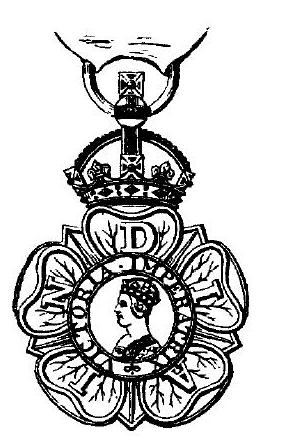
Rare Royal Favors
Unconcerned with what was said to her by everybody from her kitchen staff to courtiers, Victoria continued to shower favors upon Abdul Karim till the last moment of her life.
When Victoria commissioned the Austrian painter Rudolf Swoboda to paint her favorites, naturally Abdul Karim was one of them. Swoboda painted him two times - in 1888 and 1889.
If that was not enough Victoria conferred upon Abdul Karim a rare honor.
She made him the Companion of the Order of Indian Empire (CIE).
In 1878 Victoria had founded the Order of Indian Empire to honor people of outstanding merit who had served in India.
These orders were not lightly bestowed. Only persons of outstanding merit in their field of endeavor were chosen for this attention which carried high prestige in the British Empire.
By making Abdul Karim a CIE, Victoria had made him stand at par with persons way above him in caliber and stature. For instance, the eminent Indian scientist Sir Jagadish Chandra Bose was a CIE. So was Munshi Abdul Karim.
To say that such inordinate favors incensed the court and the palace circles would be an understatement. All wanted to get rid of Abdul Karim but were helpless as long as Victoria was there. And the queen knew this.
That is why she wanted to make arrangements to provide for her favorite while she was around. For this, Victoria instructed Lord Cross, the Secretary of State for India, to give a piece of land in Agra to Abdul Karim. This could only be done through Lansdowne, the Indian viceroy, who was not too eager to carry out the Queen's wishes. He tried to delay the matter as long as he could but had to bow down to the wishes of the Queen Empress at last, though with ill grace.
It was not long after this that Queen Victoria died at the age of 81, on 22 January 1901.
The End of an Era
With the exit of Queen Victoria an era had ended and with it had ended the tenure of Abdul Karim in Britain.
As expected, Abdul Karim got his marching orders for which he must have been prepared. However before leaving he had a wish: He wanted to view the body of the Queen before the casket was closed and to be part of the funeral procession (see video). Both wishes were granted by Edward VII who had become the new king after his mother's death.
Abdul Karim returned to Agra. But his end was not too far off. He died 8 year later in 1909 at the age of 46, taking with him the fond memories of the grand Queen who had befriended him till her last breath.
Related Hubs
- Was The Tomb of King Tut Really Hexed?
Strange things started to happen after King Tut's tomb was opened. Was the Egyptian Pharaoh angry? Was he taking revenge for disturbing his peace? ... - Did Tamerlane Start The War Between Hitler and Stalin?
Ominous warnings greeted the archaeologists who opened the grave of Timur (Tamerlane) Were these empty threats or something more sinister? - Did Marco Polo Really Go To China?
When Marco Polo returned from his epic journey to China, people doubted if he had really gone there. What was the reason of their doubts? Was he lying or telling the truth?




